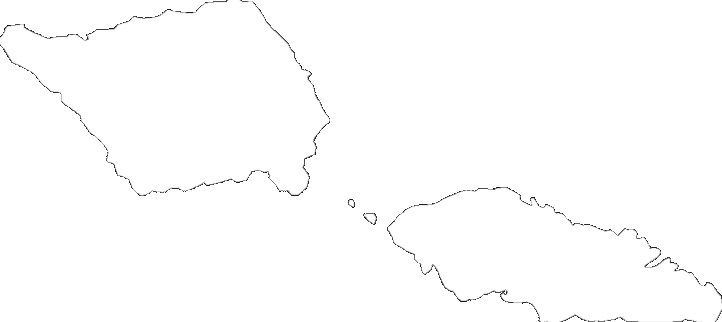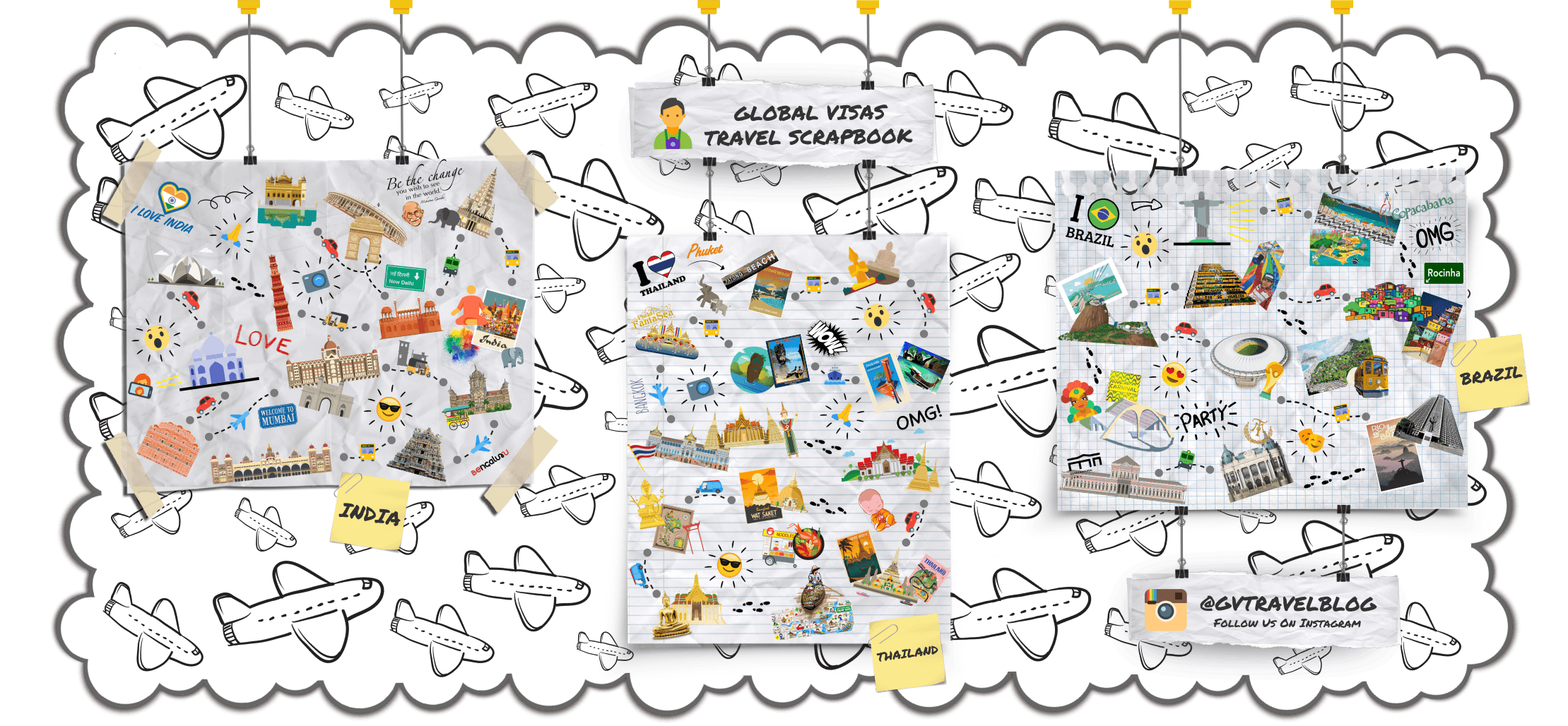EAT:
Eating is an extremely important part of Samoan life, as the size of many Samoans may suggest. They often take food with them when they travel. Samoan food is not highly spiced or seasoned. It uses ingredients that are relatively unfamiliar to most Westerners, such as breadfruit, taro (or talo), taro leaves, cooked green bananas and raw fish.
- Umu. The umu is the traditional method used for cooking. A fire is built and stones placed on it. When the fire is down to the embers the ingredients, such as green bananas, breadfruit, taro, fish, palusami and pork are placed on the stones. It is then covered with banana leaves and left to cook.
- Oka is the way Samoans prepare raw fish. It consists of small bits of fish that are marinated in a mixture of lemon juice, coconut cream, salt and finely chopped onions.
- Palusami is made from taro leaves and coconut cream. The coconut cream, onions and some taro are wrapped in whole taro leaves and cooked in an umu. Well cooked, this can be unforgettable and you should not leave Samoa without trying it.
- Corned beef. Samoa rapidly adopted this import and it is widely used as an accompaniment to Umus and other dishes.
Unfortunately it is difficult to find these delicacies, maybe partly because western food is more “cool”, partly because the average tourists want to eat what they eat at home. The usual things you get are more or less good imitations of western-style or Chinese food. The market in Apia is a good place if you want to try some of the local stuff. It’s also a good idea to stock up on fruit there before heading anywhere on the islands.
Most restaurants are casual and not too expensive. Places to eat are listed in the pages for Upolu, Apia and Savaii. Outside of Apia, most of the best places are associated with hotels or resorts.
DRINK:
No significant gathering in Samoa, whether official or for pleasure, is complete without the ‘Ava (or kava) ceremony at the beginning. Kava’s biological name is Piper methysticum, which means intoxicating pepper. The roots of the plant are used to produce a mildly narcotic drink that is passed around meetings following strict rules. However, you do not need to participate in a Samoan cultural event to try it. On some days it can be purchased at Apia’s central market (marketi fou).
The local beer is Vailima beer. It’s cheap and you can buy it everywhere.
Non-alcoholic beverages and bottled water are available in all roadside stores. Coke, Fanta and Sprite are available in 750 ml glass bottles for about WS$4. You will need a bottle opener for these if you want to take them with you to drink later; otherwise stores will have a bottle opener available. Bottled water is available in a range of sizes.
Alcohol is plentiful in the bars. There’s not that much in most stores and it tends to be expensive. Le Well near the market in Apia (ask any taxi driver) has a good range at the best prices. For heavy drinkers, the cheapest liquor is generally vodka in large (1.75 L) plastic bottles. This may be bought from supermarkets and bottle shops and is also available in smaller 750 ml bottles for about WS$25. Imported wines are generally very expensive, although not as expensive as in the restaurants.
There are lots of smaller bars and night spots to check out. Also every hotel has a bar as do most of the restaurants.









